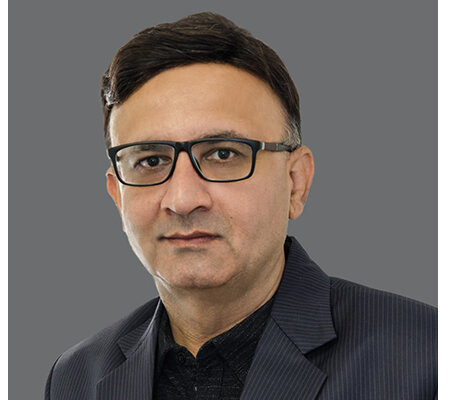Additional measures coming into effect on Monday will boost our defence against COVID-19 entering New Zealand through the air border, Health Minister Chris Hipkins said today.
“As part of our precautionary approach and strategy of constant review, we’re tightening the requirements around international aircrew,” Chris Hipkins said.
The COVID-19 Public Health Response (Air Border, Isolation and Quarantine and Required Testing) Amendment Order 2020 comes into effect from 11.59pm Sunday, 4 October 2020.
“The amended order includes significant changes to isolation requirements for international air crew entering New Zealand and introduces new mandated requirements for New Zealand-based crew.
“This order is designed to make sure that our air border is even safer and that we reduce the risk of COVID-19 being spread to the greatest extent possible. It builds on our already extensive border protection regime, which is one of the strongest in the world,” Chris Hipkins said.
“The air border is a complex ecosystem and we’ve made sure to take sufficient time to work with a range of stakeholders to get this strong and workable safety regime in place. This new regime, however, will provide extra reassurance to crew, passengers and New Zealanders that we take nothing for granted. It will be monitored and reviewed in December,” Chris Hipkins said. -TIN Bureau
Under the new rules:
• overseas-based air crew who are laying over in New Zealand will be required to stay in a Government managed isolation facility for as long as they are in the country, to ensure they avoid contact with New Zealanders
• all overseas-based air crew will be required to wear appropriate PPE while in New Zealand airports and whenever travelling between the airport and their hotel
• all New Zealand-based air crew will be required to use PPE on all flights and to isolate with other crew members while on overseas layovers
• New Zealand-based crew returning to New Zealand from high-risk locations overseas will be required to self-isolate for at least 48 hours after they return, and until they are assessed as being low risk of having COVID-19 (including receiving a negative test).
Q and A
Do all overseas-based air crew have to go into MIQ?
Overseas-based air crew who only have airside layovers (meaning that they don’t leave the secure part of the terminal) don’t have to go into managed isolation, so long as they wear masks and maintain physical distancing from others in the terminal. All other overseas-based air crew are required to spend their layovers in Government managed isolation facilities.
What precautions do air crew take?
Air crew wear PPE while in flight and interacting with passengers, and full protective gear when interacting with symptomatic or unwell passengers. These measures – which mirror those in our managed isolation facilities, hospitals and other higher-risk environments – are very effective at preventing the spread of COVID-19 to air crew.
Why do New Zealand-based and overseas-based air crew get treated differently?
The risk of COVID-19 transmission is very different for New Zealand and overseas-based air crew. New Zealand-based air crew spend only a short time overseas, wear PPE in-flight, and have strict controls on where they can go while on the ground to avoid interaction with others. This means they have a very low risk of being exposed to COVID-19. Overseas-based crew who lay over here normally live in other countries. These other countries may have much higher rates of COVID-19. These people may be exposed to COVID-19 in their daily lives, so are a much greater risk of having and spreading COVID-19 in New Zealand.


